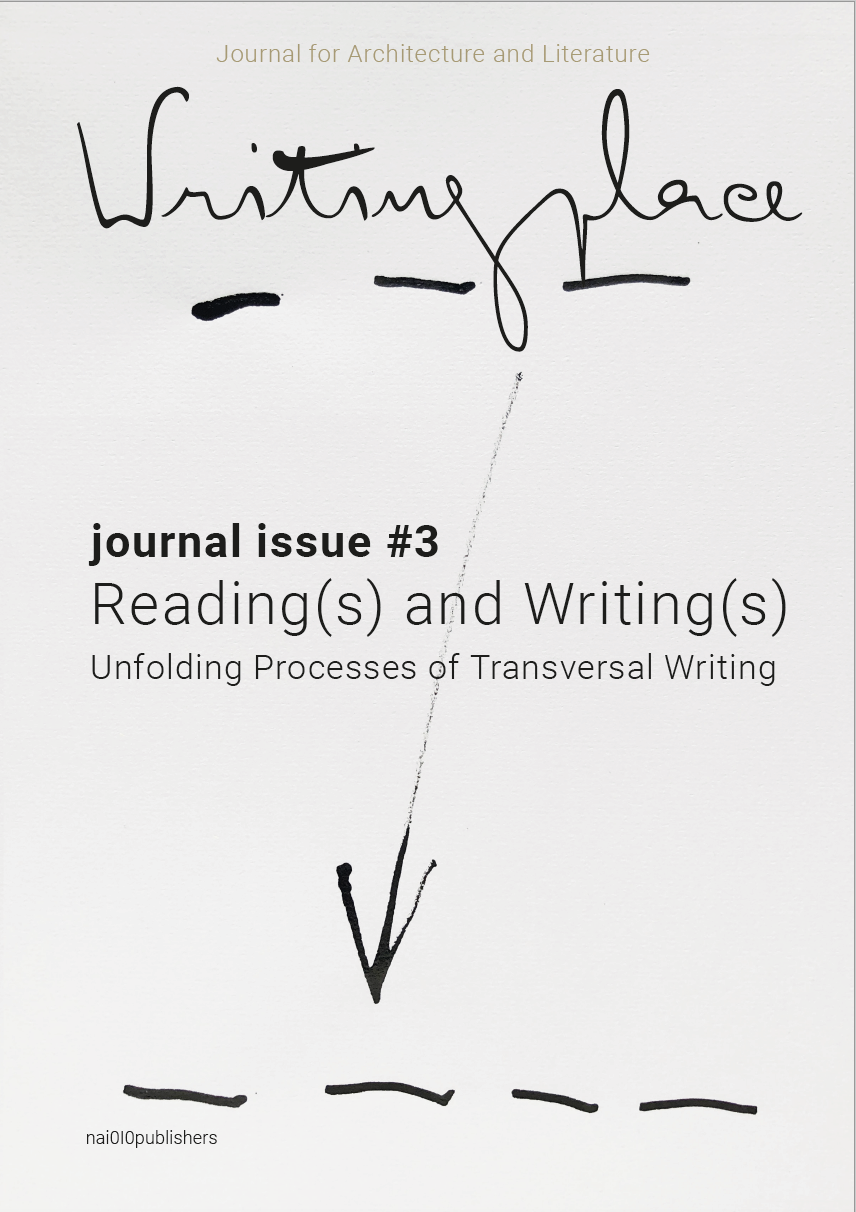Belgrade Baroque
DOI:
https://doi.org/10.7480/writingplace.3.4350Abstract
This text, composed of two layers, brings together queer auto-fictions with the architectural histories of an elusive Serbian Baroque in the city of Belgrade. It explores the issues of heteronormativity, nationhood and religion. It is an autofiction that places special emphasis on the siting of memories in Belgrade, Serbia – Yugoslavia as it was – and focuses specifically on the Cathedral Church of Archangel Michael, one of the rare examples of what could be understood as second generation Baroque architecture in the orthodox Christian country. The desired aim of the broader project is to perform an act of queering of the Serbian ideological, national and religious frameworks, of Belgrade and its buildings, and of academic modes of relating architectural and urban histories. An aspect of this process was the approach to illustrations, which are textual: the footnoted fragments that run alongside the main narrative thrust of the text are simultaneously its illustrations and their own captions. Sometimes reflexive, at other times tangential, they hint at a second level of research that lies beneath the seemingly literary treatment of the piece.
The text is introduced by a reading compiled by Naomi Stead
References
A. Ignjatović, U srpsko-vizantijskom kaleidoskopu: Arhitektura, Nacionalizam i imperijalna imaginacija 1878-1941 (In the Serbo-Byzantine Kaleidoscope: Architecture, Nationalism and Imperial Imagination 1878-1941) (Beograd: Orion Art & Univerzitet u Beogradu, 2016).
B. Vujović, Saborna Crkva u Beogradu (The Cathedral Church in Belgrade) (Beograd: Narodna Knjiga, 1996).
S. Pop-Lazić, Nekropole rimskog Singidunuma (The Necropoles of Roman Singidunum) (Beograd: Singidunum No. 3, 2002) 1-70.
Vujović, Saborna Crkva u Beogradu, op. cit. (note 4).
S. Velmar-Janković, Kapija Balkana (Gateway to the Balkans) (Beograd: Stubovi Kulture, 2011).
P. Davidson, The Universal Baroque (Manchester: Manchester University Press, 2007).
Barokni Beograd (Baroque Belgrade) (Beograd: Arheološki Institut Beograd & Muzej Grada Beograda, 2019).


